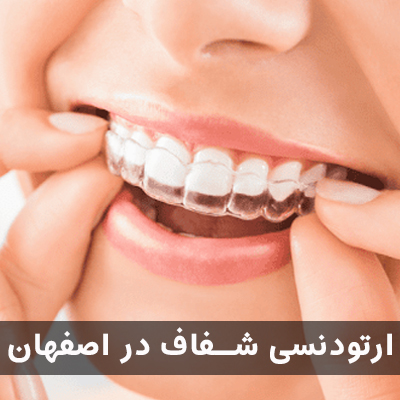How Invisible Braces Work
페이지 정보

본문
Discreet teeth straightening systems have become a increasingly sought-after choice for people seeking to straighten their teeth without the metallic visibility of traditional metal braces. These appliances, which include transparent removable trays and hidden orthodontic brackets, rely on advanced science and engineering to deliver clinically proven improvements while maintaining discretion. The foundation of their success lies in innovative polymers, precision scanning, biomechanical modeling, and custom treatment mapping.
Transparent orthodontic trays are made from a medical-grade transparent plastic that is both rigid yet optically clear. This material is designed to apply controlled, sustained force on the teeth over time, gradually moving them into the desired position. Each set of aligners is personally engineered using 3D printing technology based on a 3D scan of oral anatomy. These models are created from either physical impressions or digital oral captures, which record precise contours of the teeth and gums with high precision.
The orthodontic shift is guided by the principles of biomechanics. Orthodontists use software to simulate how the teeth will respond to controlled forces. The software breaks down the entire treatment into a series of micro-adjustments. Each aligner is designed to move teeth by fractions of a millimeter, and patients change to the subsequent tray every one to two weeks. This progressive strategy minimizes pain and reduces the risk of damaging the roots or alveolar ridge.
Lingual braces, another form of cosmetic alignment solutions, are attached to the back of the teeth, making them aesthetically imperceptible. These systems require ultra-precise customization because the curved surface of the tooth’s lingual side makes attachment and positioning more challenging. Modern lingual systems use individually molded components, often created with AI-guided fabrication tools that ensure optimal seating and optimal force delivery.
Both types of invisible appliances benefit from intelligent predictive analytics. AI-driven models predict orthodontic response trajectories and ارتودنسی_شفاف help orthodontists anticipate potential issues before treatment begins. This forward-looking insight allows for more accurate planning and fewer adjustments during the course of treatment.
Another important scientific factor is osseous remodeling. Teeth move through a process called alveolar bone turnover, where bone is broken down on the pressure side and regenerated where tension occurs. Invisible appliances are designed to apply forces within physiologically safe thresholds, ensuring safe and sustainable movement. Studies have shown that when professionally supervised, these appliances can achieve results comparable to traditional braces with the enhanced visual appeal and wearer experience.

Patient compliance also plays a essential component in the success of clear aligners, especially clear aligners. Because they are removable, patients must wear them for a minimum of 20–22 daily hours. Newer systems now incorporate IoT-enabled monitoring such as wear-time detectors to help monitor usage and enhance treatment efficacy.
In summary, the science behind modern discreet braces combines cutting-edge materials, digital technology, biomechanical understanding, and biological knowledge to revolutionize orthodontic treatment. What was once considered a luxury is now a evidence-based solution that offers patients a seamless, effective, and discreet path to a properly aligned dentition.
- 이전글We found the 8 Best Exercise Balls after Testing Sixteen Top, Anti-Burst Options 25.10.09
- 다음글Managing Allergies to Aligner Materials 25.10.09
댓글목록
등록된 댓글이 없습니다.

